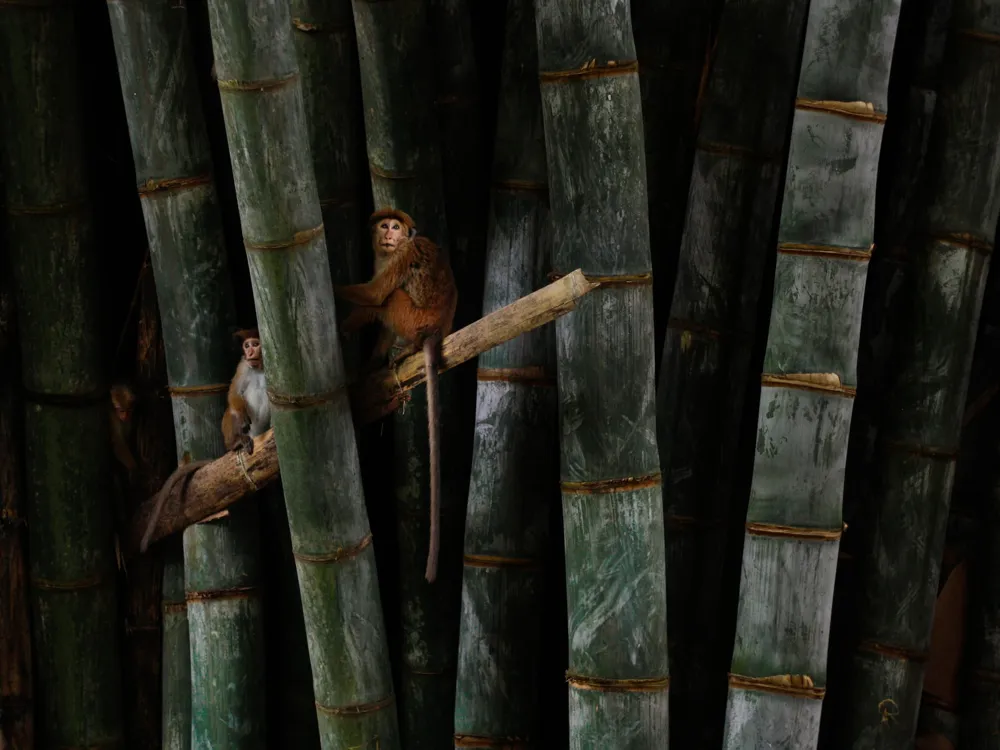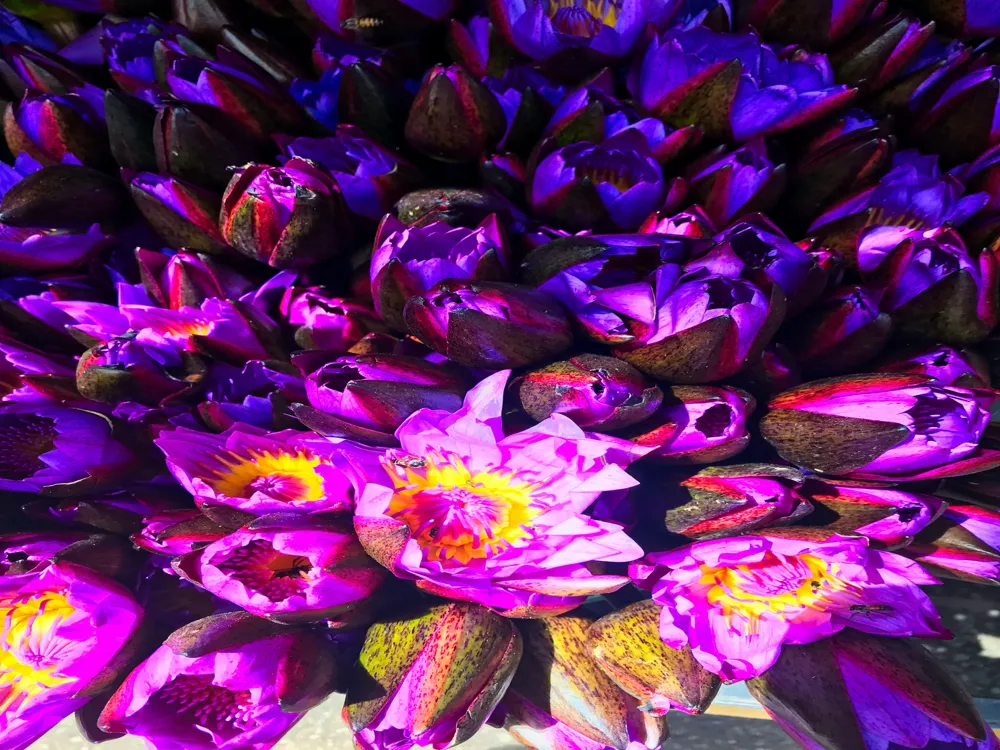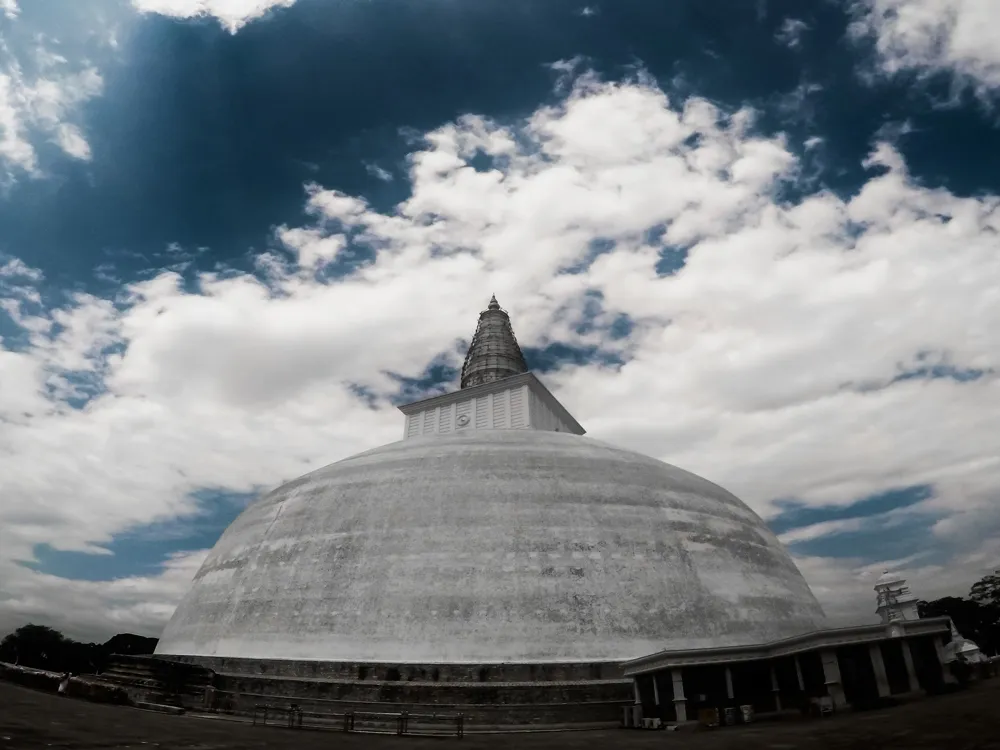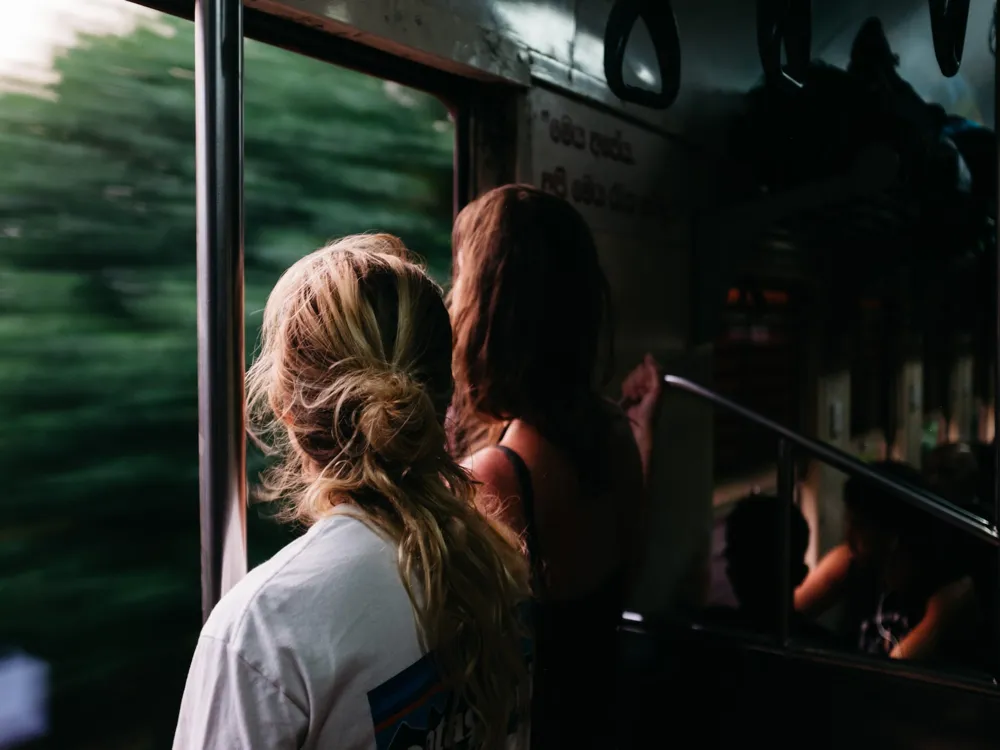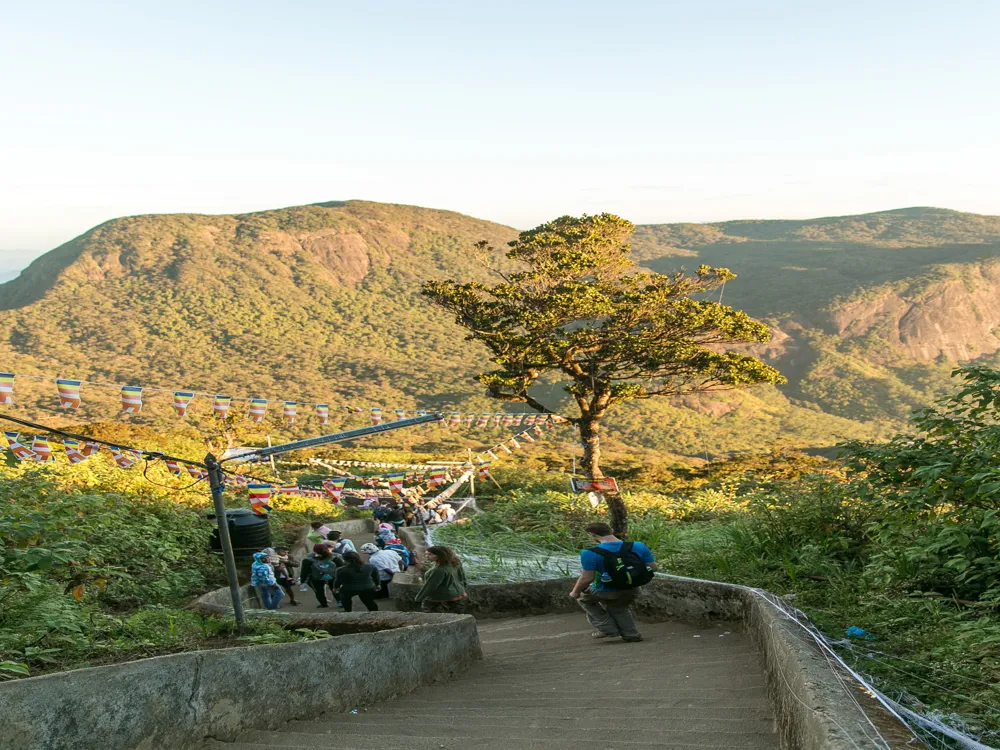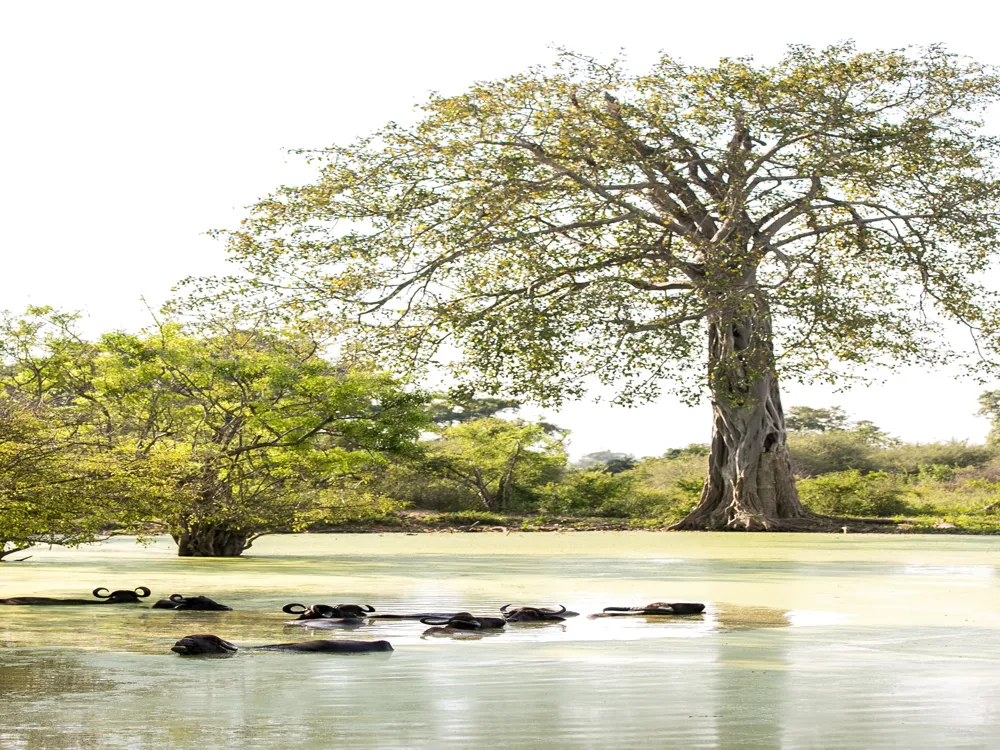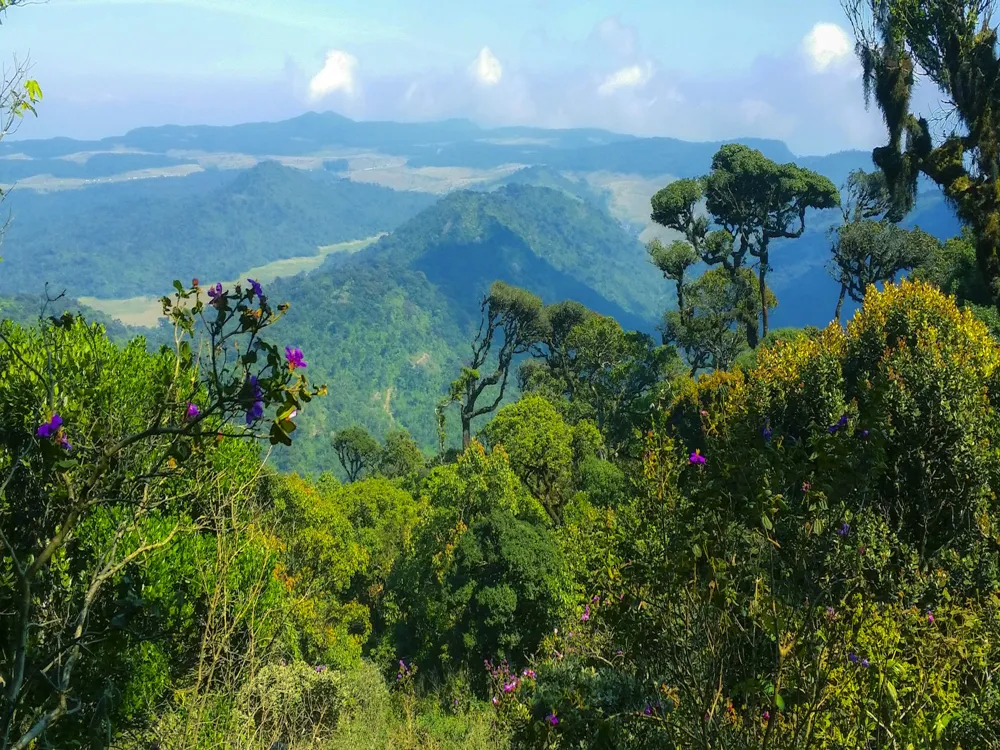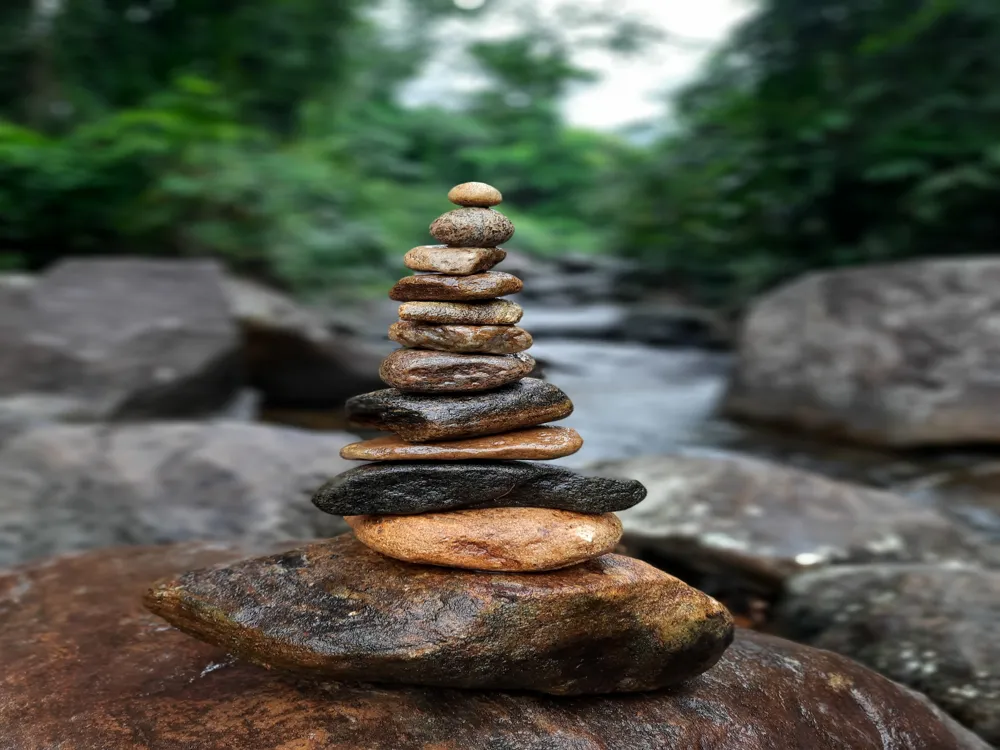Hunas Falls in Kandy, Sri Lanka, stands as an epitome of natural beauty and serenity, attracting tourists from all over the world. Nestled in the heart of the hill country, this stunning waterfall cascades down a sheer rock face, creating a breathtaking spectacle. The surrounding lush greenery and the tranquil ambiance make Hunas Falls not just a visual delight but also a haven for nature lovers and peace seekers. The falls get their name from the Hunasgiriya peak, which is part of the Knuckles Mountain Range, adding to the scenic splendor of the location. The journey to Hunas Falls is as mesmerizing as the destination itself. Winding roads through tea plantations and mist-covered hills lead to this hidden gem. The waterfall is approximately 48 meters high and is known for its unique shape and the rainbow that often forms in its mist. The sound of water plunging into the pool below is a soothing melody to the ears, making it an ideal spot for relaxation and reflection. Visitors to Hunas Falls can enjoy a variety of activities. The area is perfect for hiking, bird watching, and photography, offering countless opportunities to capture the beauty of the waterfall and its surroundings. The nearby forest is home to an array of flora and fauna, making it a hotspot for biodiversity. For those seeking a spiritual experience, the peaceful environment of Hunas Falls provides an ideal setting for meditation and yoga. The significance of Hunas Falls extends beyond its natural beauty. It plays a vital role in the local ecosystem and is a source of inspiration for artists and poets. Its cultural and historical relevance adds another layer to its allure, making it a must-visit destination in Sri Lanka. The architecture around Hunas Falls is a harmonious blend of nature and man-made structures. The primary focus of the architectural design in this area is to complement the natural beauty of the waterfall and its surroundings. This approach is evident in the way buildings and other structures are integrated into the landscape. One of the prominent architectural features near Hunas Falls is the Hunas Falls Hotel, a prime example of eco-friendly architecture. The hotel is designed to offer panoramic views of the waterfall and the surrounding mountains, providing guests with an immersive nature experience. The use of local materials in its construction and the incorporation of traditional Sri Lankan architectural elements make it a perfect example of sustainable and culturally responsive design. Other architectural elements in the area include viewpoints and walkways, which are strategically positioned to offer the best views of the falls and the surrounding landscape. These structures are built with minimal environmental impact, using materials that blend seamlessly with the natural setting. The architecture around Hunas Falls is not only about aesthetics but also functionality. It serves to enhance the visitor experience while preserving the natural integrity of the site. The careful planning and design reflect a deep respect for the environment and a commitment to sustainable tourism. Although Hunas Falls is a year-round destination, the best time to visit is from December to April. During these months, the weather is pleasant, and the waterfall is at its fullest. It's advisable to avoid the monsoon season when heavy rains can make the paths slippery and the water flow too intense. While Hunas Falls is a safe destination, it's important to exercise caution near the water. The rocks can be slippery, so wear sturdy shoes. It's advisable not to swim in the pool at the base of the falls, as the currents can be strong. Always follow the guidelines provided by the local authorities. When visiting Hunas Falls, it's essential to be prepared. Bring a camera to capture the stunning scenery, wear comfortable clothing and hiking shoes, and don't forget to pack water and snacks. If you plan to stay for a while, bringing a picnic is a great idea. To reach Hunas Falls, you can start your journey from Kandy, the nearest major city. The falls are located about 26 kilometers from Kandy, and the drive takes approximately an hour. You can hire a taxi or take a local bus to get to the falls. For those driving, take the route via the A9 highway, turning onto the B274 road, which leads directly to Hunas Falls. The journey is scenic, with winding roads and picturesque views of the hill country. Another option is to arrange a guided tour from Kandy, which often includes transportation and a tour guide who can provide valuable insights about the area and its history. This is a great option for those unfamiliar with the region or who prefer a structured itinerary. For adventurous travelers, biking to Hunas Falls is an exhilarating experience. The route through the hills and tea plantations offers a unique perspective of the Sri Lankan countryside. However, this option is best suited for those in good physical condition and with some experience in long-distance biking. Regardless of the mode of transportation, the journey to Hunas Falls is an integral part of the experience, offering glimpses of Sri Lankan culture and natural beauty along the way. Read More:Overview of Hunas Falls, Kandy
Architecture of Hunas Falls
Tips When Visiting Hunas Falls
Best Time to Visit
Safety Precautions
What to Bring
How to Reach Hunas Falls
Hunas Falls
Kandy
₹ 13,368 onwards
View kandy Packages
Weather :
Tags : Waterfall
Entry Fee: : NA
Timings: : NA
Activities: : Hiking, Trekking, Cycling, Swimming
Planning a Trip? Ask Your Question
Kandy Travel Packages
View All Packages For Kandy
Top Hotel Collections for Kandy

Private Pool

Luxury Hotels

5-Star Hotels

Pet Friendly
Top Hotels Near Kandy
Other Top Ranking Places In Kandy
View All Places To Visit In kandy
View kandy Packages
Weather :
Tags : Waterfall
Entry Fee: : NA
Timings: : NA
Activities: : Hiking, Trekking, Cycling, Swimming
Planning a Trip? Ask Your Question
Kandy Travel Packages
View All Packages For Kandy
Top Hotel Collections for Kandy

Private Pool

Luxury Hotels

5-Star Hotels

Pet Friendly








